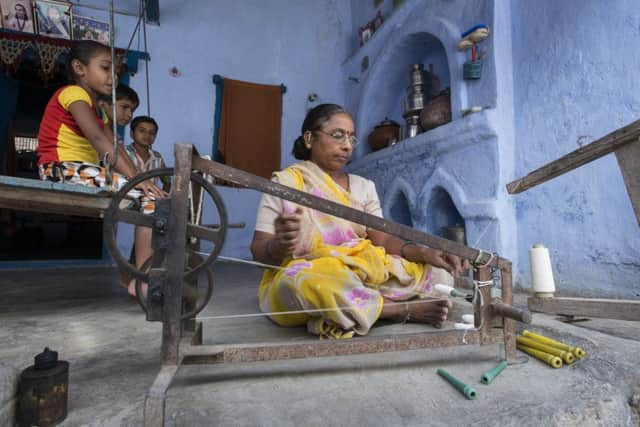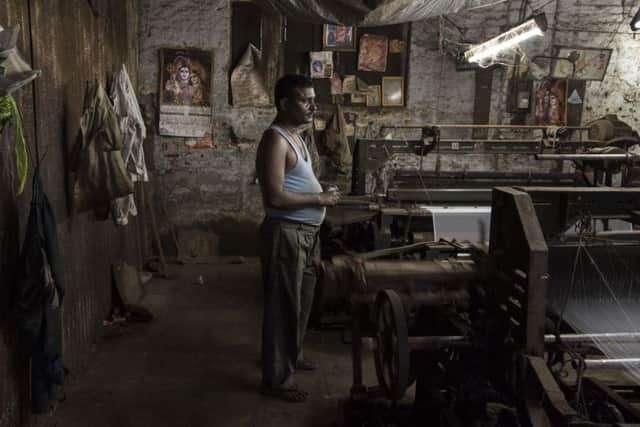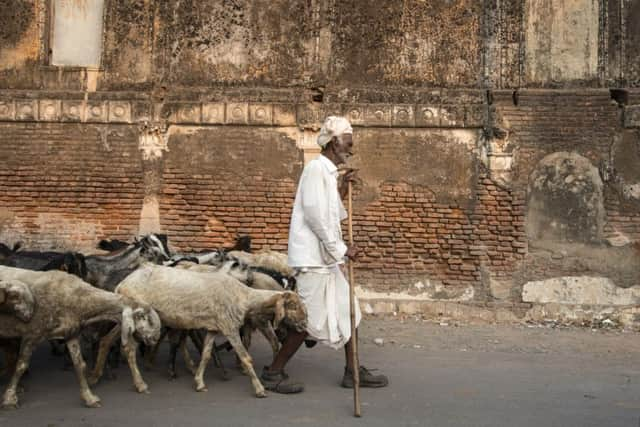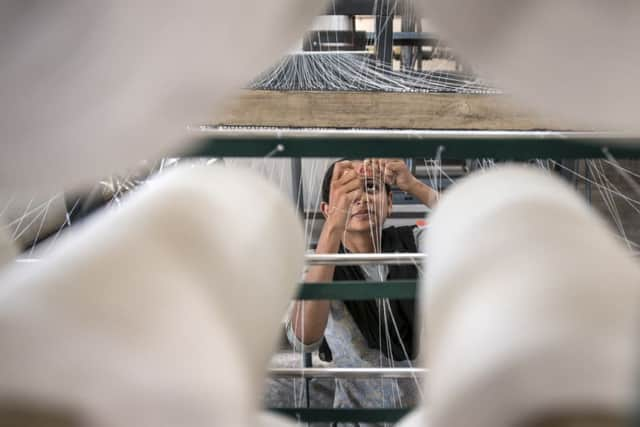A little piece of India that's forever Yorkshire


Tim has been based in Bradford for more than 25 years and his latest collection completes a circle that began in 1989 when he secured a job with the Bradford Heritage Recording Unit, which had been set up to document the lives of local people through a photographic and oral history.
For Tim that meant heading out to the city’s textile factories, capturing those who turned the cogs in the once great industry.
Advertisement
Hide AdAdvertisement
Hide Ad“Textiles linked Bradford with the rest of the world and I soon learnt that the growth of the textile trade over here had been informed by the designs and techniques of Gujarat’s ancient industry. It was a real melting pot of people and cultures and every single person I photographed had a fascinating story to tell about how they or their family had ended up in Bradford.


“I quickly earned the reputation as the guy who photographed textile workers and it’s a theme that has run like a thread throughout my career. This collection was about telling the story of Bradford from the other side, travelling back along the lines of migration to modern-day Gujarat and Mumbai.”
India’s Gateway, which has resulted in both a book and a new exhibition, captures the shared history of Britain and India through the people whose lives bridge both countries. Tim’s portraits feature men like Gulam Ismail, who came to Bradford, via Mombasa, in the 1960s and who now divides his time between Yorkshire and his home town of Pipaldra, near Surat, and Rafik Mulla, a taxi driver from Dewsbury, who flies back to visit his sick father, as well as images from the area’s modern textile trade.
“Before setting off I travelled around England asking British Gujaratis for advice about where to go and who to meet in Gujarat. I covered some 3,000 miles in all and I timed my visit to coincide with the so called NRI season when many Non-Resident Indians escape the cold British winter to visit their family homes.
Advertisement
Hide AdAdvertisement
Hide Ad“Some meetings were arranged in advance, but others just happened by chance, like the day I was in a lift at a hotel and by the time I got out I had been invited to the marriage blessing of a couple from Wembley. Gujarat has a reputation for being an entrepreneurial kind of place and I definitely saw that spirit of ambition.”


Tim says that Indian textiles have been prized for their beauty and quality since ancient times. However, as Britain’s textile industry boomed in the 19th century, the amount of cloth being woven in India fell 40 per cent in just 30 years, causing many manufacturers to close.
“By the 1950s and 60s, when Britain was experiencing a labour shortage, thousands of textile workers were recruited from South Asia to work in mills across Yorkshire, Lancashire and the Midlands. Experienced textile workers went to places like Dewsbury, Batley and Bradford where they could use their skills, but boom turned to bust.
“During the 1980s, large-scale textile manufacturing in Britain went into dramatic decline and it transferred to areas with cheaper labour and perhaps ironically Gujarat’s textile industry is thriving again.”
Advertisement
Hide AdAdvertisement
Hide AdWorking largely away from the tourist trail, Tim says he cut a slightly curious figure. “I think I was pretty much the only white Westerner out there, but in many ways that had its advantages. People who were often ‘Britishers’ themselves would ask me where I was from and as soon as they realised that I was someone who had a real connection to their country they were incredibly welcoming and having told me their own story they would often pass me onto friends and family further down the road.


“This whole project was a personal journey for me, but I hope that it will resonate with others and show how there is a little bit of India in everyone who lives in Britain and how we have left a little bit of Britain over there.”
India’s Gateway is available from jeremymillspublishing.co.uk/bookshop for £18. The accompanying exhibition is at Bradford’s Cartwright Hall to July 3, then at Bagshaw Museum, in Batley, from July 15 to September 23.